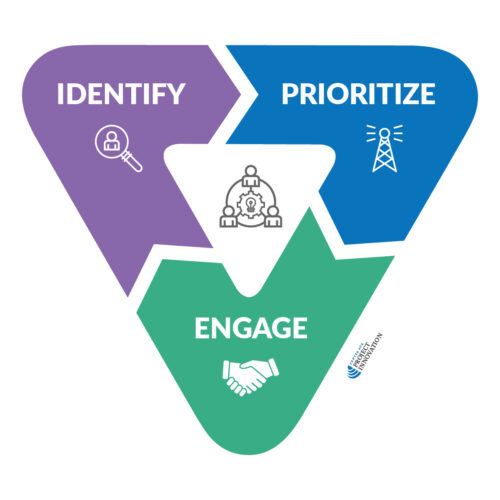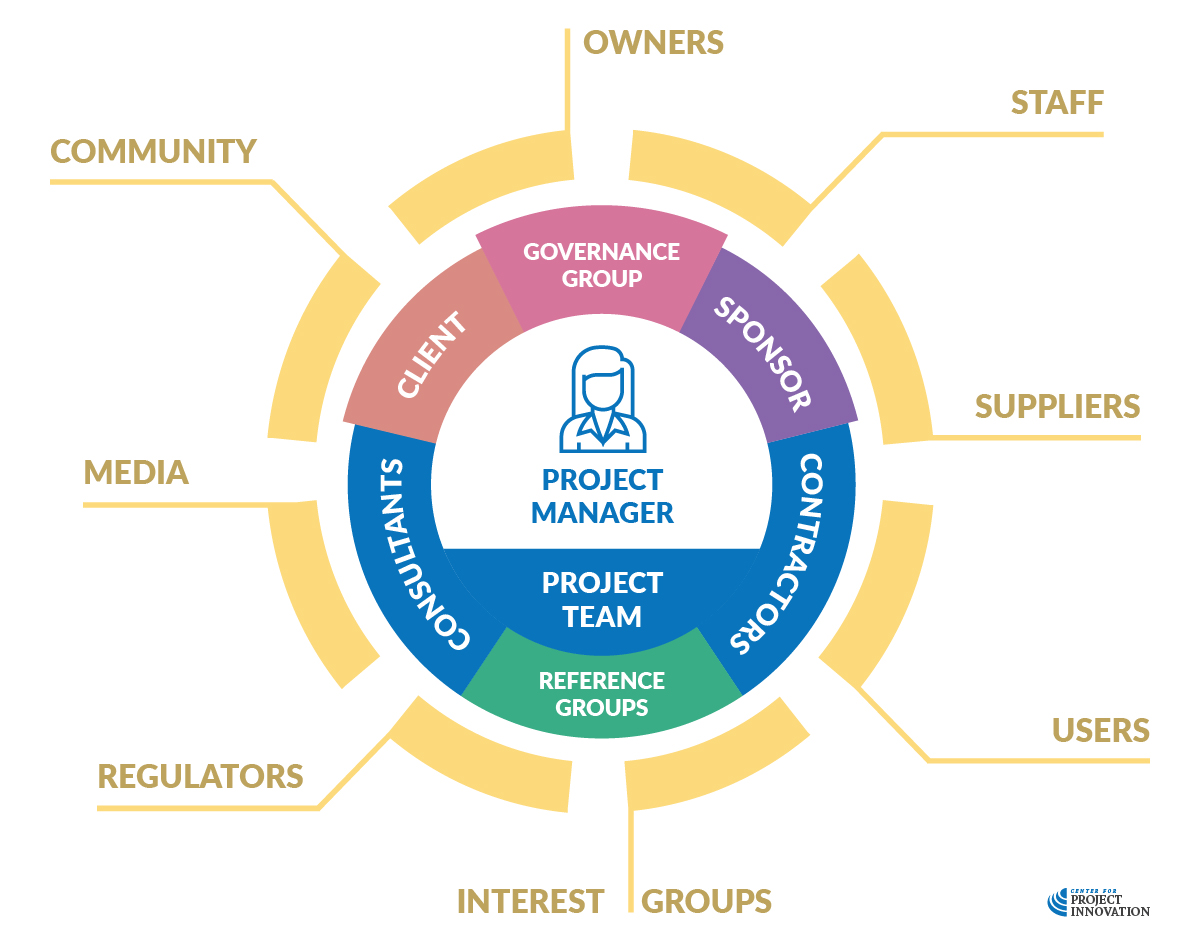Stakeholder management benefits
There are plenty of benefits to early and ongoing stakeholder management for both your project and your stakeholders.
Project benefits include:
- Higher quality decision-making
- Increased efficiency and effectiveness of project delivery
- Improved risk management practices, allowing risks to be identified and considered earlier, thereby reducing future costs
- Greater engagement with stakeholder interests, ensuring outputs align with organizational objectives and outcomes
- Enhanced community confidence in projects, and
- Enhanced capacity to innovate
Stakeholder benefits include:
- Greater opportunities to contribute directly to project development
- More open and transparent lines of communication, increasing the accountability of the project team and driving innovation
- Improved access to decision-making processes, resulting in the delivery of more efficient and responsive services, and
- Early identification of synergies between stakeholder and project work, encouraging integrated and comprehensive solutions to complex issues
So how should you manage project stakeholders?
Three steps to success

Identify Stakeholders
We know from the last Unit that the cost of change increases the further you get into a project.
Identifying stakeholders as early as possible should therefore be a priority for any project manager.
The last thing you will want or need is a government inspector (you failed to identify) showing up near the end of project delivery and informing you that your project is non-compliant and needs to start again!
Prioritise Stakeholders
Not every stakeholder is equal!
Some will have more power or influence over your project than others; some will have higher interest levels.
And because we have constrained time and resources to deliver our project, we need to decide who deserves our attention the most.
Engage Stakeholders
Stakeholder engagement refers to the means and extent to which we involve our stakeholders in our project.
We will introduce a range of engagement strategies in this Unit that range from passive to active and all points in between.
The option you choose will depend at first on each stakeholder’s priority but can also be influenced by the project’s needs.
A stakeholder taxonomy
A taxonomy is a classification scheme for concepts, principles, or things.
A stakeholder taxonomy is, therefore, a categorical grouping of all the stakeholders you are likely to encounter in your project.
Such classifications are especially useful when identifying our likely project stakeholders, as we can use them to ensure no group is overlooked.
Over the next few topics, we will define the stakeholder categories typical to most projects.

The inner circle represents direct stakeholders – those high-need individuals and groups you will interact with regularly.
The outer, indirect stakeholders should not be overlooked, however, as they bring their unique suite of costs and benefits to project performance.
As your organization projectizes and matures, you should develop your own detailed stakeholder taxonomy that more accurately depicts your project and operating environment.




